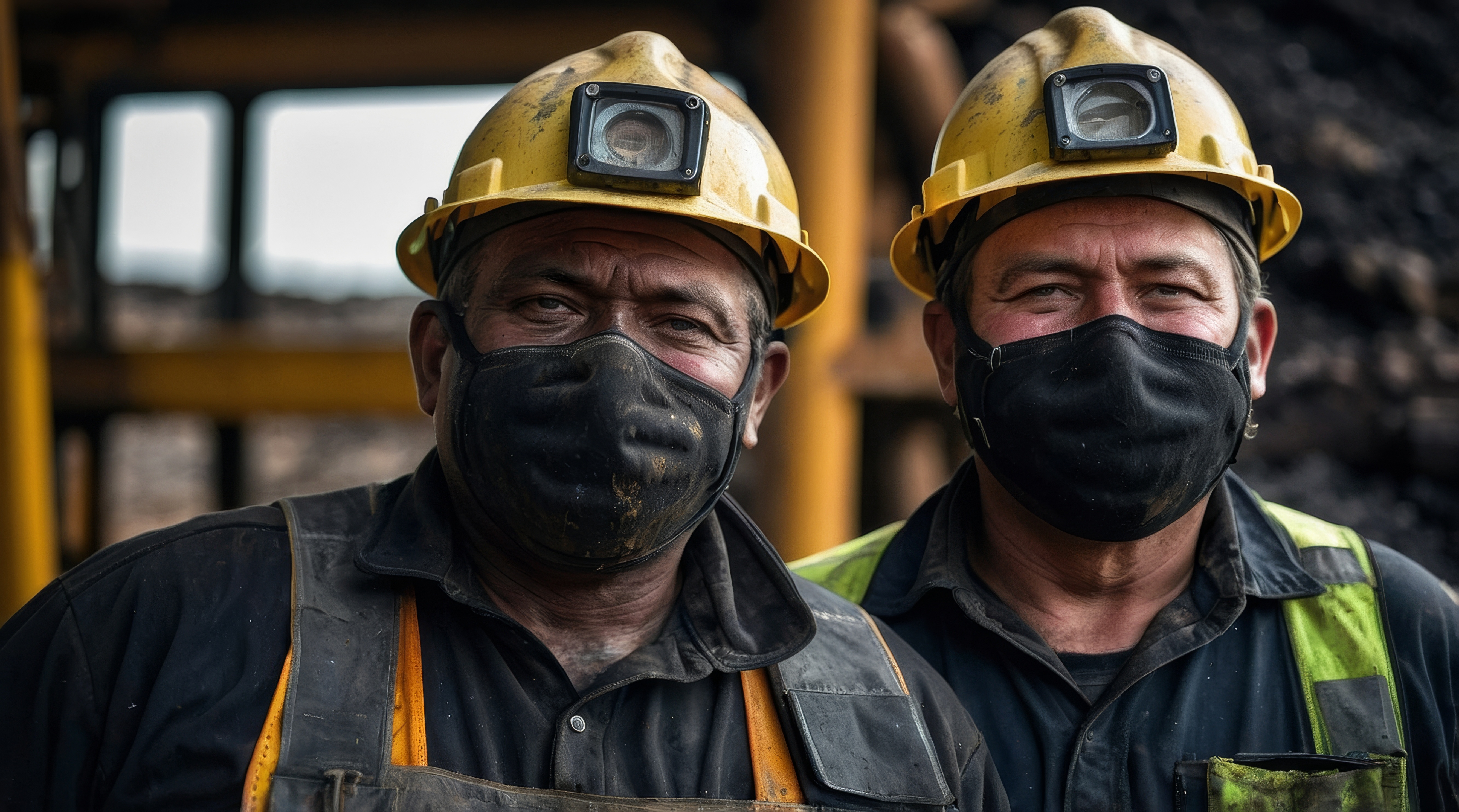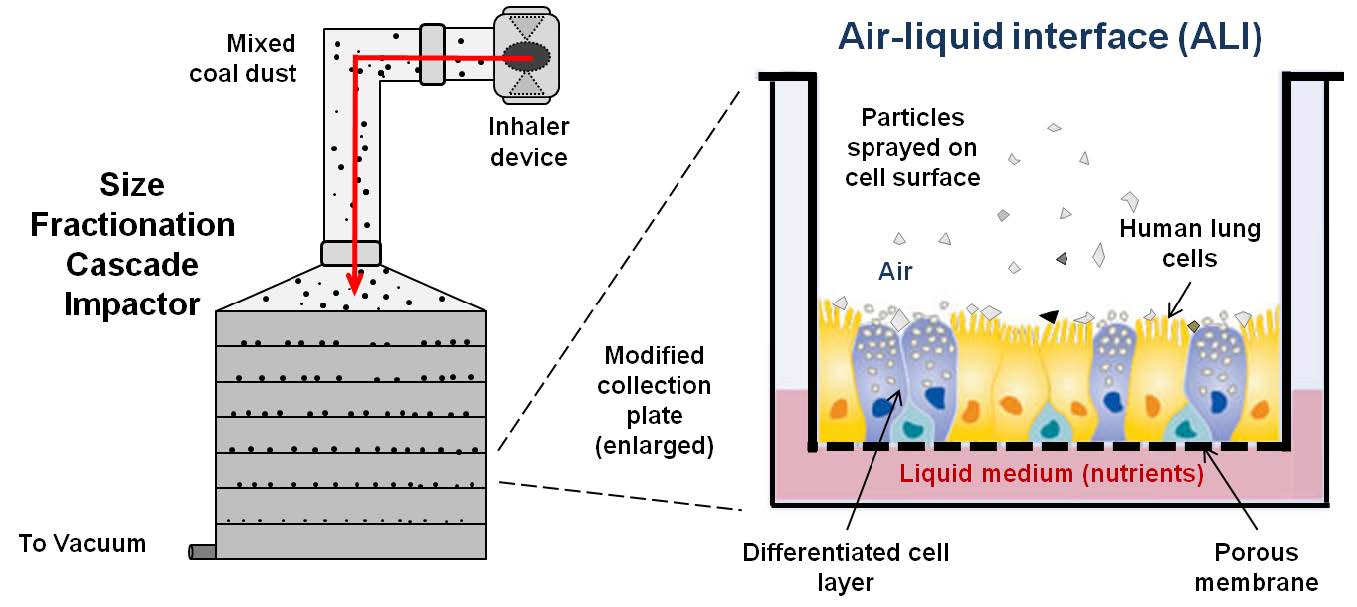Introduction
__
Inhalation of airborne contaminants is of concern to all, whether in polluted urban environments or exposed to toxic particulates in the work environment. The CTET team, supported by researchers at UNSW, are developing improved methods to assess the toxicity of respirable particulates high in crystalline silica, asbestos and bioavailable iron.
-
Lung diseases such as pneumoconiosis and silicosis are prevalent among coal mine workers, engineered stone benchtop tradespeople and underground tunnel workers because of their exposure to respirable dusts
-
Are some dusts worse than others? What are the critical constituents resulting in lung disease? How can we monitor the toxicity of particular airborne particulates? Do any cures for lung disease exist?
-
UNSW and CTET researchers are involved in investigating which components of airborne respirable particulates are most harmful to human health
Advanced characterisation of mixed dusts
__
-
Size-based analyses of geochemical components
-
Synchrotron-based techniques for identifying reactive mineralogy (e.g. Xray absorption spectroscopy, X-ray fluorescence microprobe)
Representative cellular models to assess hazards
__
- Size-fractionated mixed mine dusts directly deposited on representative human lung cell models in an air-liquid-interface (see schematic below)
- Range of representative lung cell models / types available for use, including human bronchial cells capable of differentiation, immuno-response cells (macrophages) and human epithelial cells
- Advanced imaging and analytical techniques for identifying components of most concern
- Development of 3D cell models for long term toxicity studies
Applications
__
-
Examination of the toxicity of dusts generated from different coal mining activities and locations and application of AI tools to identify factors critical to fibrosis development
-
Examination of the cellular response to crystalline silica containing particles generated from engineered stone used in benchtops




